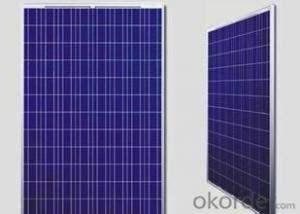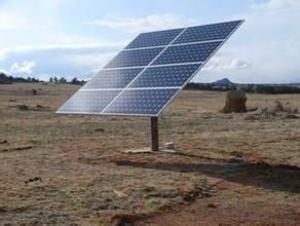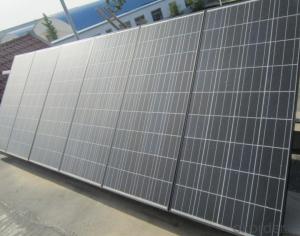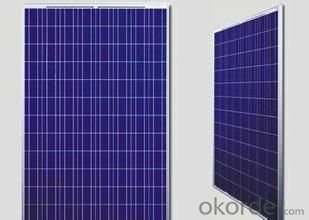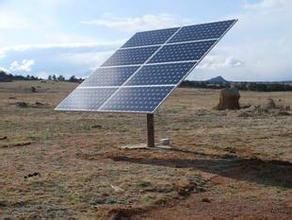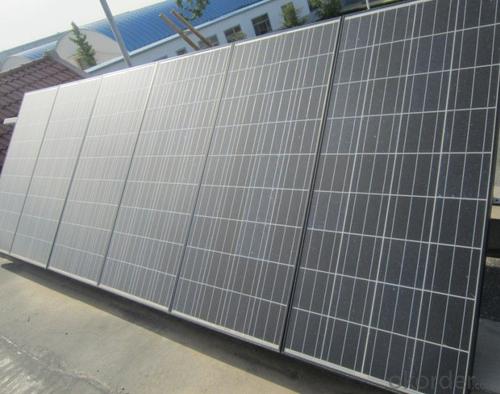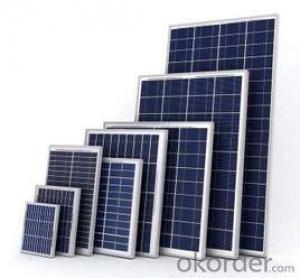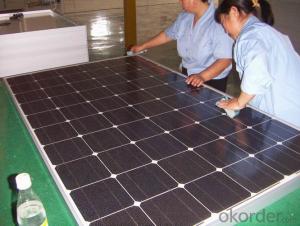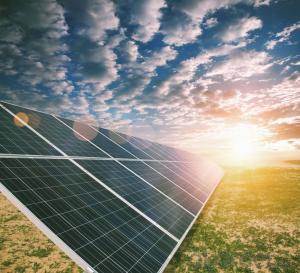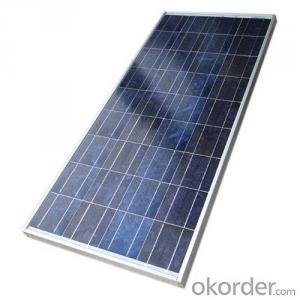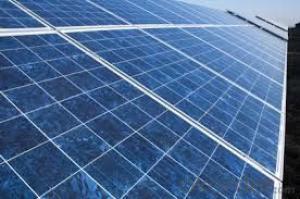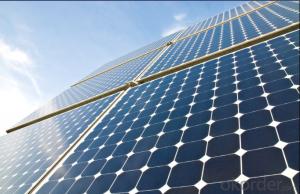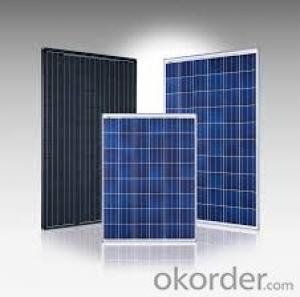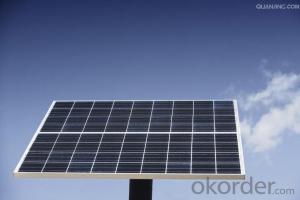CNBM Polycrystalline Solar Panels with Hot Selling - Residential Solar Panels Florida
- Loading Port:
- Guangzhou
- Payment Terms:
- TT OR LC
- Min Order Qty:
- 26 pc
- Supply Capability:
- 100000 pc/month
OKorder Service Pledge
OKorder Financial Service
You Might Also Like
Characteristics of Polycrystalline Solar Panel
I Solar Cell : High efficiency crystalline solar cell. Even if under the weak light, the solar module can produce maximum power output.
II Tempered glass (toughened glass): Anti-reflecting coating and high transmission rate glass increase the power output and mechanical strength of solar module.
III EVA and TPT: Using high quality EVA and TPT to prevent destroying and water.
IV AI frame: Without screw, corner connection. 6 holes on the frame can be installed easily.
V Junction box: Multi function junction box with water proof.
VI Long lifetime: ≥25 years; Less power decrease.
VII Good performance of preventing from atrocious weather such as wind and hails.
VIII Resisting moisture and etching effectively, not effected by geology. .
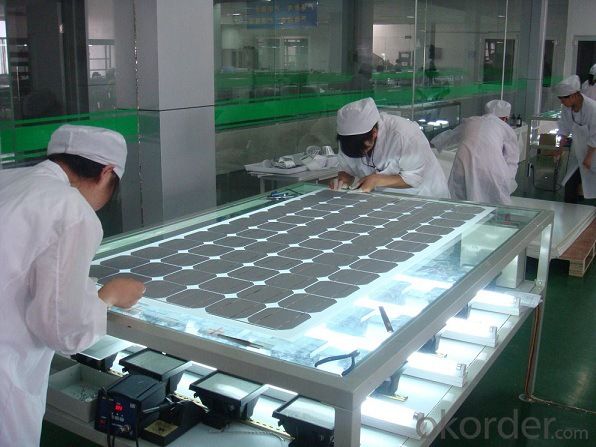
Standard Test Conditions of Polycrystalline Solar Panel
The opto-electrical specifications shown below are stabilized values being measured at Standard Test Conditions of multicrystalline silicon Solar Panel, Irradiance: 1000W/m2, Spectrum: AM1.5 at 25°C, The info below is subject to manufacturing tolerances. Where appropriate minutes of measurement are available and are used for the dimensioning of the installation.
Currently,We have 250w-300w solar panel stocks in Both West and East Coasts made in Vietnam,India,Korea,Malaysia and Japan.Meanwhile,we also arrange production line in Wisconsin,USA.If you're interested,please contact us soon.
Thanks for your time.
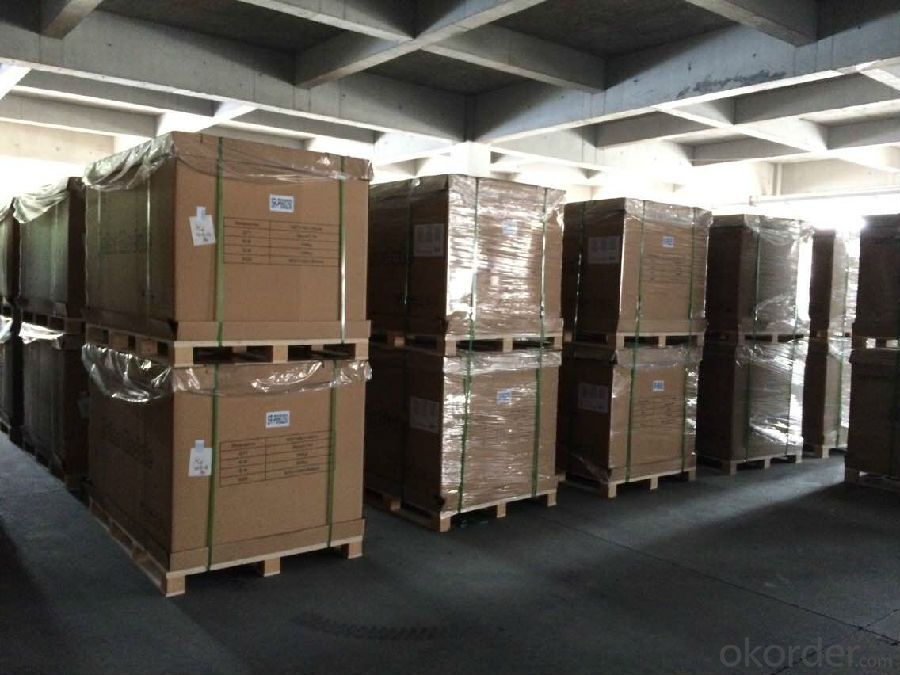
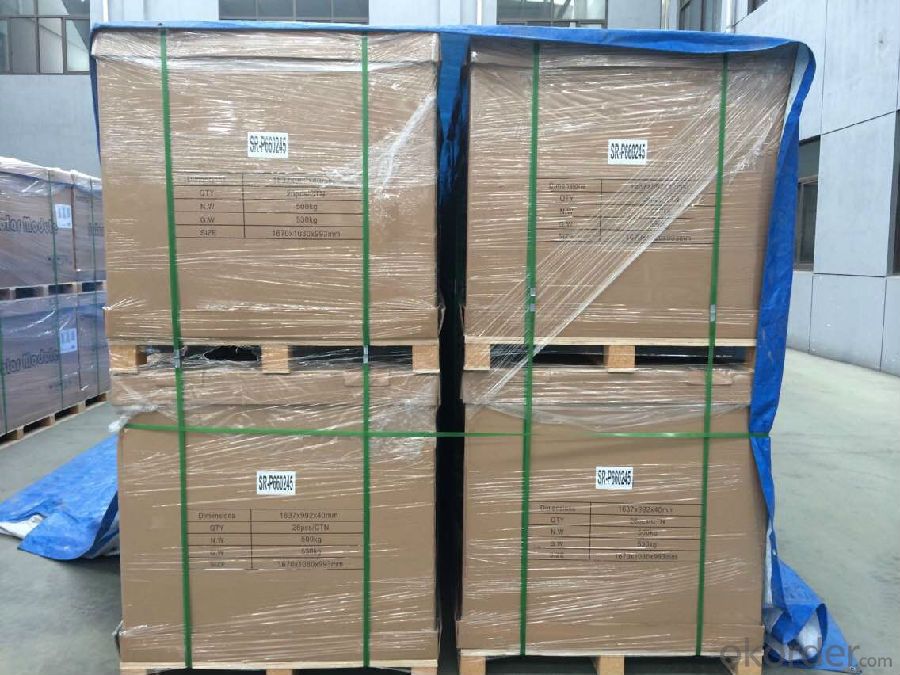
- Q: Can solar panels be used in combination with other renewable energy sources?
- Yes, solar panels can indeed be used in combination with other renewable energy sources. Many renewable energy systems today incorporate a mix of solar panels, wind turbines, hydropower, and geothermal energy to maximize efficiency and ensure a reliable and sustainable power supply. This combination of different renewable sources allows for a more balanced and consistent energy generation, reducing reliance on a single source and increasing overall system resilience.
- Q: Can solar panels be integrated into windows?
- Yes, solar panels can be integrated into windows. These solar panels, known as solar windows or building-integrated photovoltaics (BIPV), are designed to replace traditional windows while capturing sunlight and generating electricity. They offer a dual functionality of providing natural light and generating clean energy, making them an innovative and energy-efficient solution for buildings.
- Q: What things can a solar panel power?
- With the right equipment anything that requires electricity. I have been living on solar power for 6 years now.
- Q: What i would like to know is if you were using commercially available solar panels, clustered as close together as possible and spread out on one acre, how much electrical energy is produced? if u can 'translate' this into terms of ( hour of average daylight = powering a ____ for X units of time)
- In okorder /
- Q: If a solar panel is a .5kW system, what length of time is it putting out that much power? Every hour?
- I think it refers to the maximum power it is capable of. Of course, it won't really have this output because it's energy output (kWh) is dependent on it's energy input...
- Q: By best I mean safest places. If I were to install them on my roof am I risking due to damage from weathering? Such as rain or snow. I don't get very high winds around here, nor any natural disasters such as hurricanes or tornadoes. Does anyone have solar panels that have been durable for a long time? Is it worth the investment?
- The best place is where they get the most sunshine. Naturally they will be exposed to rain and snow.
- Q: Main questions: How can I work out the efficiency of a solar panel and how can I work out if the panel is relatively cost-effective? Also what type of solar panels is considered most effiecient?Let's assume that all relative values are available.Secondary question: What type of safety regulations and licenses are required to be fulfiled in order to import solar panels into the EU from non-EU countries?
- The manufacturer of any serious panel should be able to provide an efficiency. That will be the STC power rating of the panel, divided by the area of the panel, divided by 000 w/m^2. But the more interesting figure is cost effectiveness, as you say, which is nothing more than cost per watt for the same class of panels. Most applications are limited by money, not by area.
- Q: Can solar panels be used in off-grid systems?
- Yes, solar panels can be used in off-grid systems. Off-grid systems are designed to operate independently from the electrical grid, and solar panels can generate electricity from sunlight, making them a reliable and sustainable source of power for off-grid applications.
- Q: Can solar panels be used for heating swimming pools?
- Yes, solar panels can be used to heat swimming pools. Solar pool heating systems use the sun's energy to heat the water in the pool, reducing the need for traditional heating methods and saving energy costs.
Send your message to us
CNBM Polycrystalline Solar Panels with Hot Selling - Residential Solar Panels Florida
- Loading Port:
- Guangzhou
- Payment Terms:
- TT OR LC
- Min Order Qty:
- 26 pc
- Supply Capability:
- 100000 pc/month
OKorder Service Pledge
OKorder Financial Service
Similar products
Hot products
Hot Searches
Related keywords
